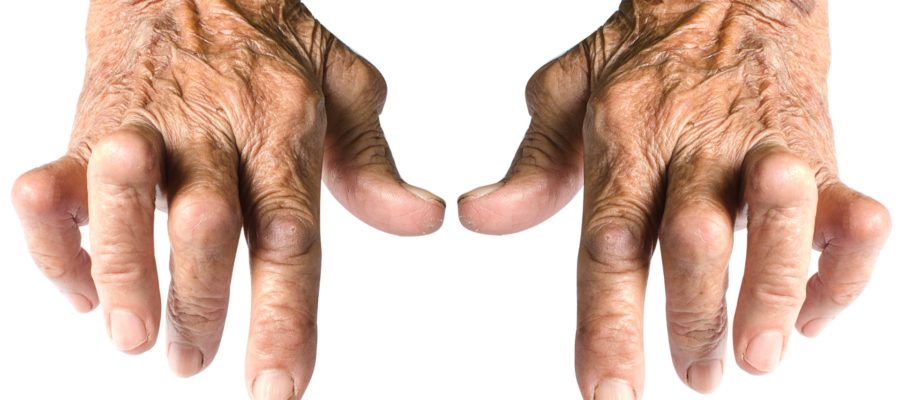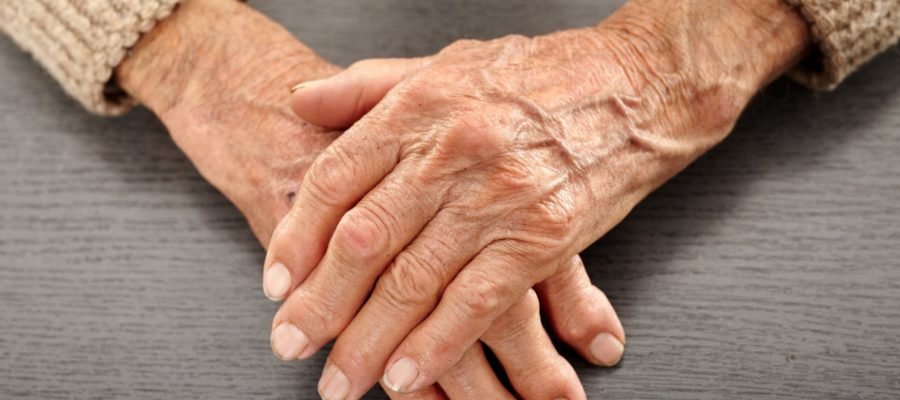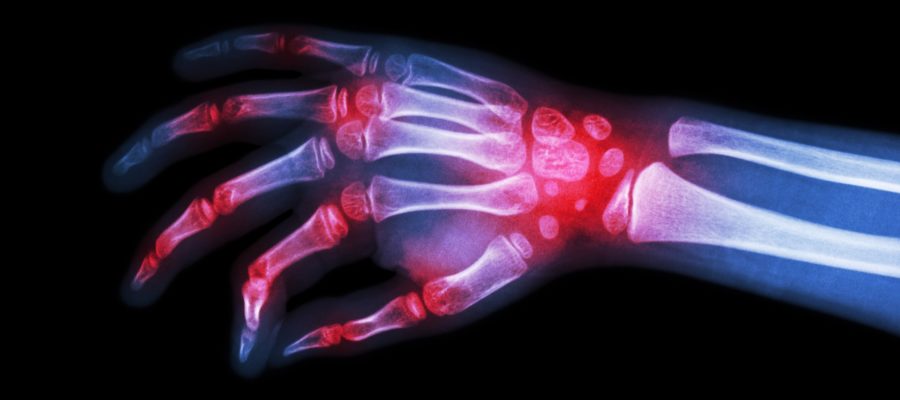Osteoarthritis is a degenerative disease of joints and affects half of population after the sixth decade. The intense and prolonged use of a joint may cause this disease, although several factors could accelerate the onset and progression, such as:
- previous comminuted and intra-articular fractures
- Prolonged immobilization
- Previous joint infections
- Rupture of the ligaments that stabilize the joint (such as collateral ligaments and palmar plate)
The most affected joints in the hand are the first carpal-metacarpal (rhizoarthrosis) and the interphalangeal joints.
Osteoarthritis leads to a degeneration of articular cartilage, characterized by narrowing of the articular space and increasing of the articular surface by lateral bone deposition (osteophytes). In severe cases the ostophytes become palpable and form true nodules. Deformation and deviation of the joint axis could be observed along with severe range of movement limitation and worsening of hand function.
Treatment
The treatment depends on the functional and aesthetic needs of the patient. However, the surgical procedure is not able to restore a physiologic joint anatomy.
The main procedures indicated for osteoarthritis are:
- Joint prosthesis. It consists of a silicone joint prosthesis, indicated for the proximal interphalangeal joints. The procedure lasts 60-80 minutes and requires a debridement of the arthritic joint. Early rehabilitation is necessary to allow a complete recovery of the range of movement. This treatment is not indicated for manual workers.
- This static treatment "blocks" the joint in a functional position that allows the use of the digit. 40 days of immobilization are required. Elective indication is the osteoarthritis of the distal interphalangeal joint and proximal interphalangeal arthritis in patients in whom a prosthetic joint is not acceptable (e.g. manual workers).
Rhizoarthrosis
The first carpal-metacarpal joint is the most affected joint in the hand. Unlike other joints, this is able to move in all directions. Osteoarthritis of this joint, called "rhizoarthrosis", impairs the function of the first finger, produces pain during movements and reduces grip strength.
The diagnosis is clinical and requires a hand radiograph to validate the clinical diagnosis and stage the disease.
Treatment of rhizoarthrosis
The most common and effective surgical treatment is trapeziectomy with suspension arthroplasty. The first procedure (trapeziectomy) consists in the removal of trapezium, which is the carpal bone that articulates with the first metacarpal. The first metacarpal is then " suspended" with a technical trick to the second. This procedure is necessary to avoid a collapse of the first metacarpal and shortening of the first digit.
This surgical technique is able to restore funcionality and eliminate pain, although this treatment could not be indicated for manual workers due to the reduced strenght of the "new" articulation.
The surgery is performed under plexus anesthesia and may require an overnight stay. The operation lasts about 90 minutes and requires immobilization of the joint for 40 days. Recovery is gradual and requires a proper hand rehabilitation.
Conclusions
Osteoarthritis can lead to a severe and progressive limitation of manual activities. In addition it constitutes an important aesthetic defect. Treatment is highly recommended, as it can greatly improve hand function, eliminate pain and definitely improve the overall quality of life.



